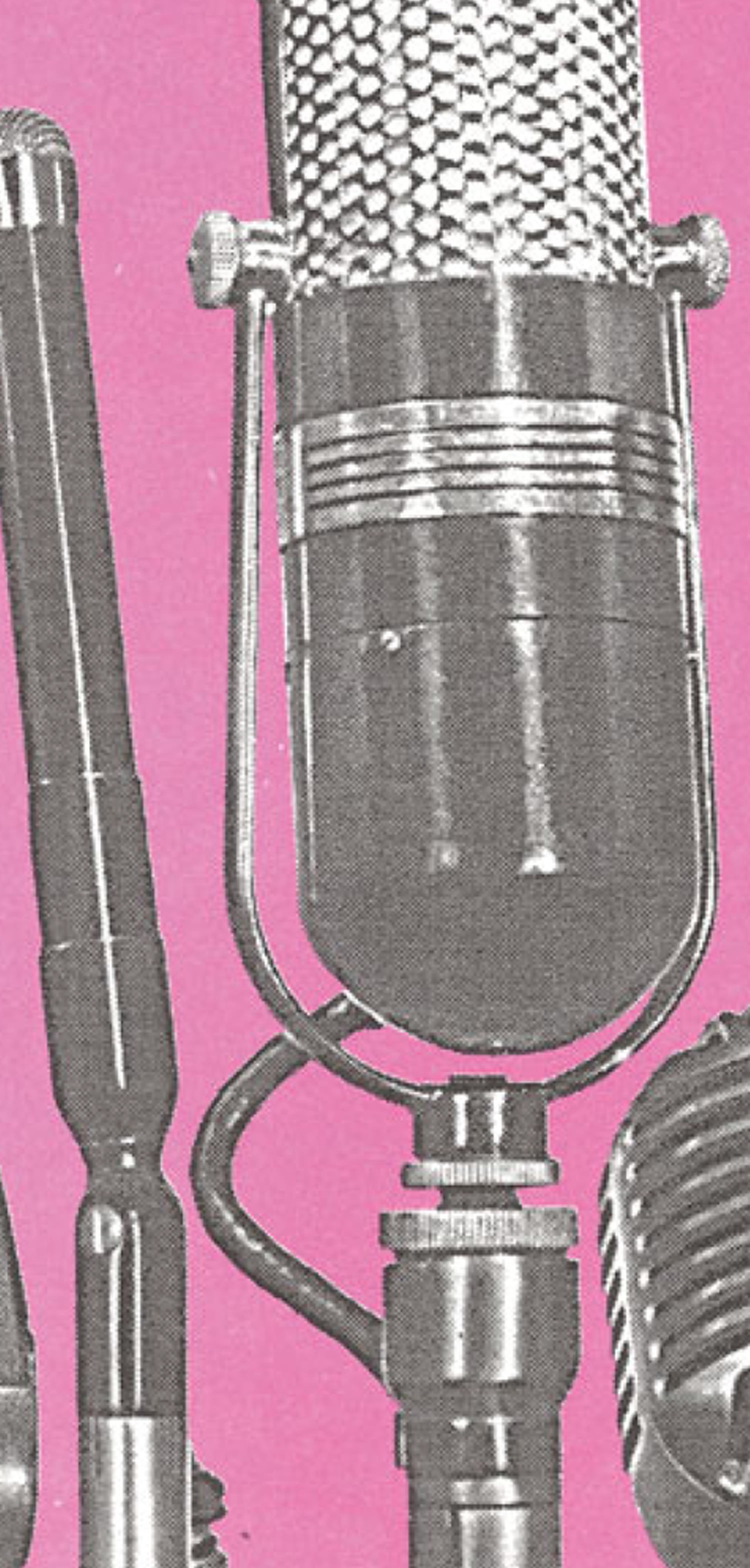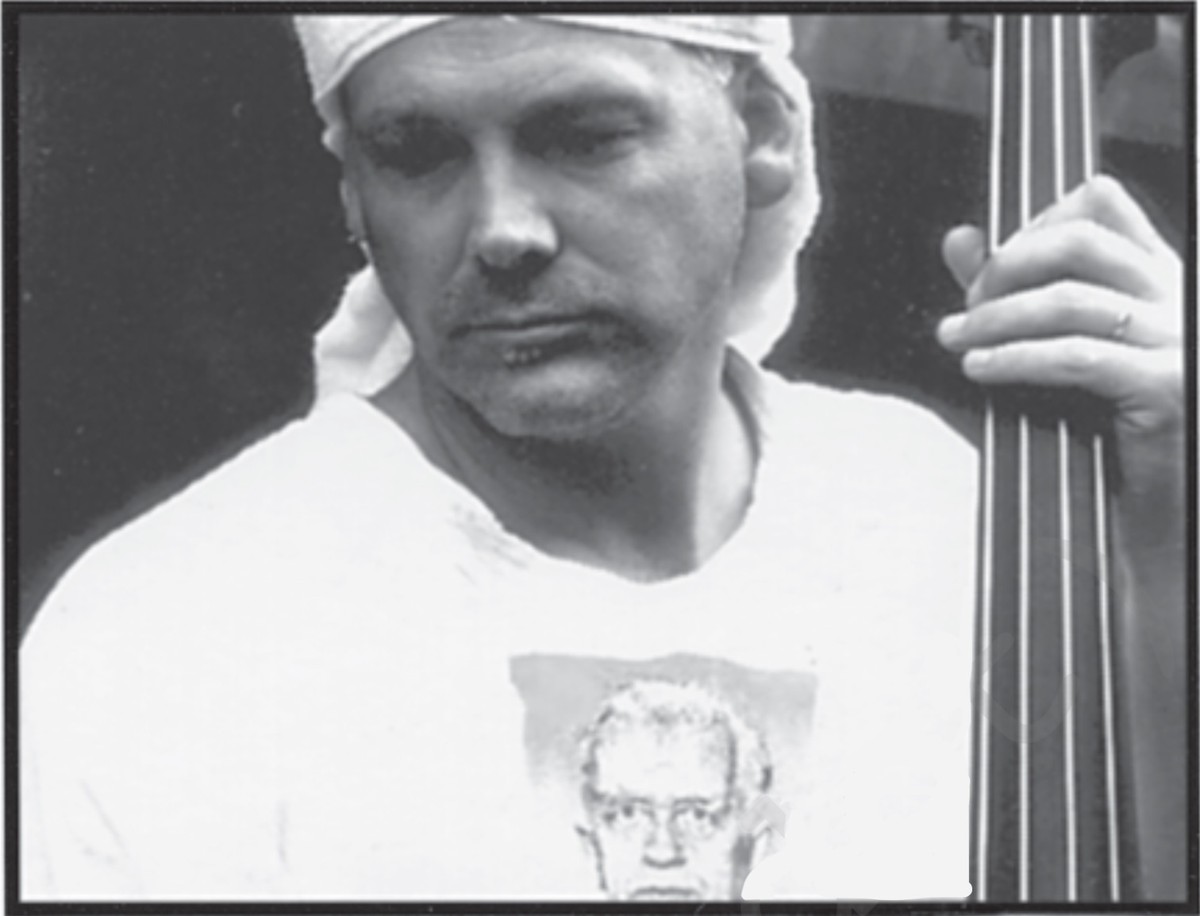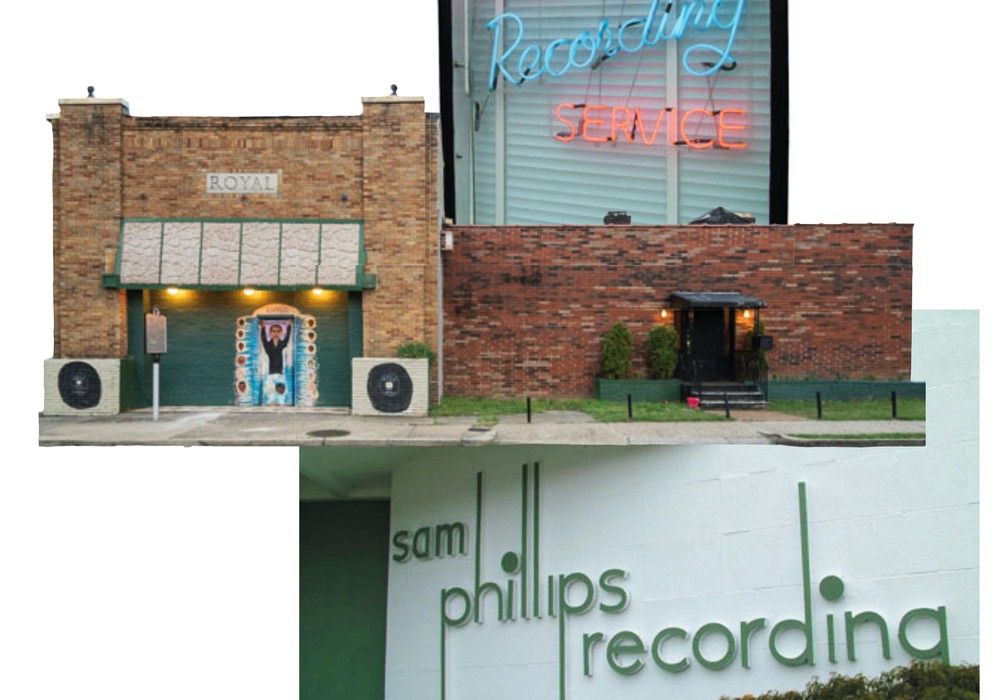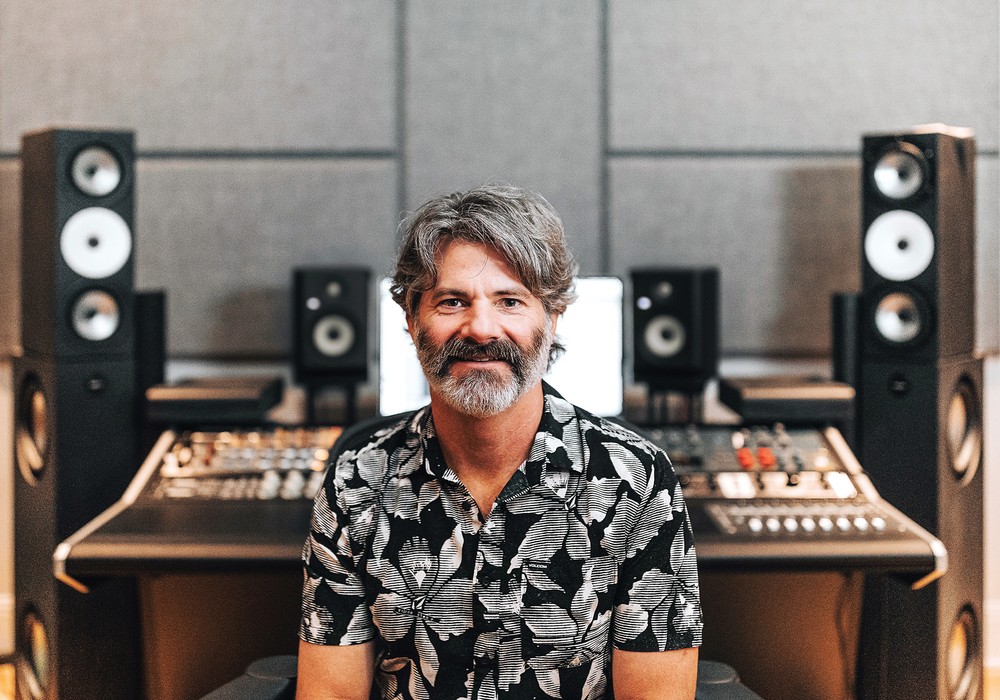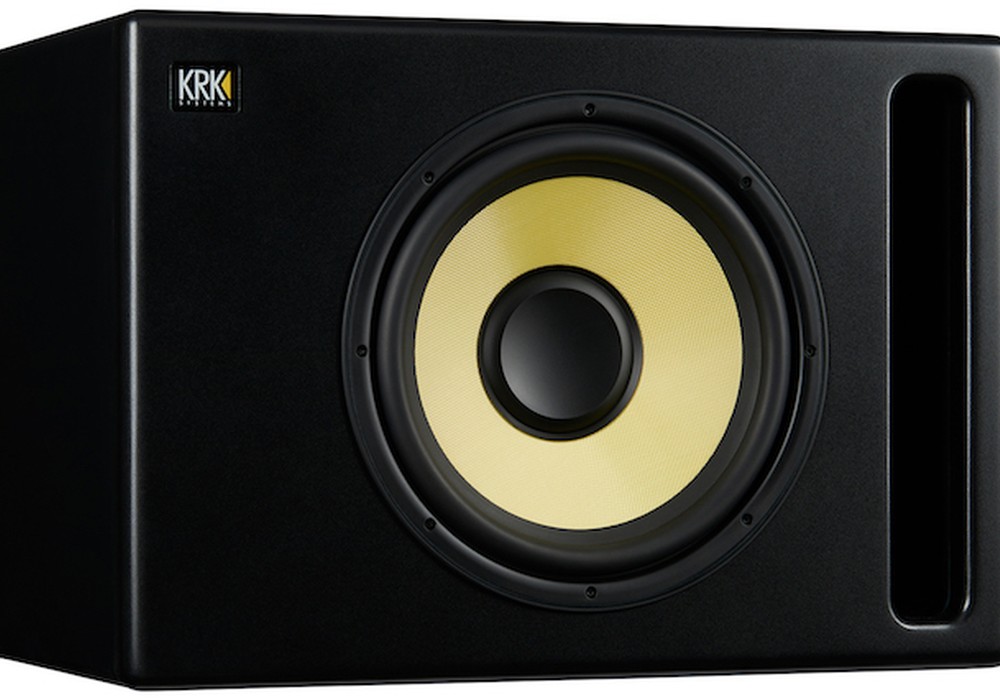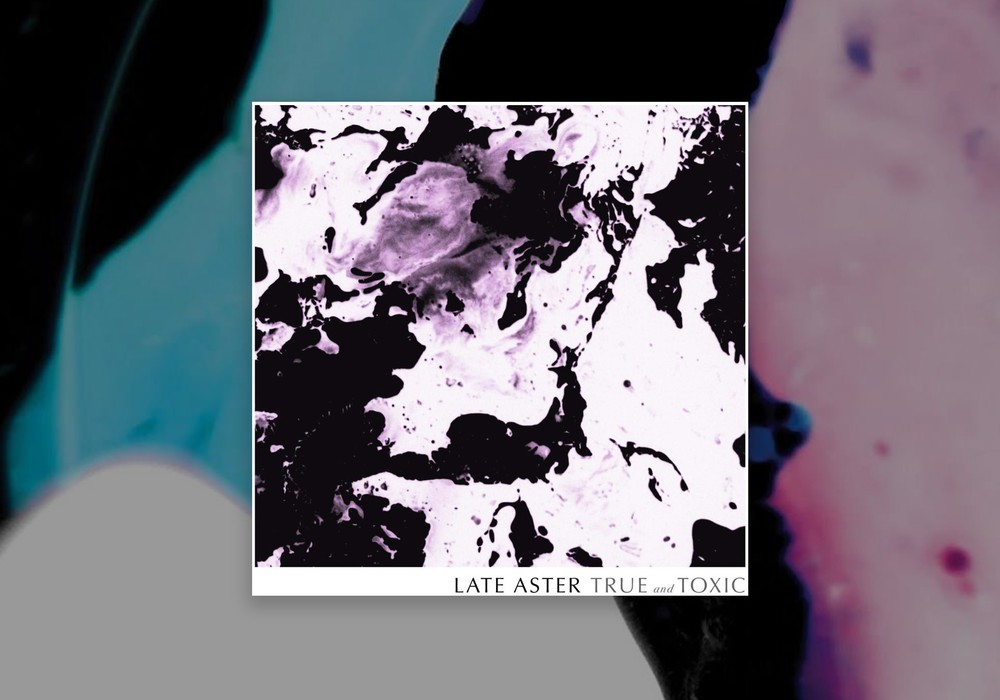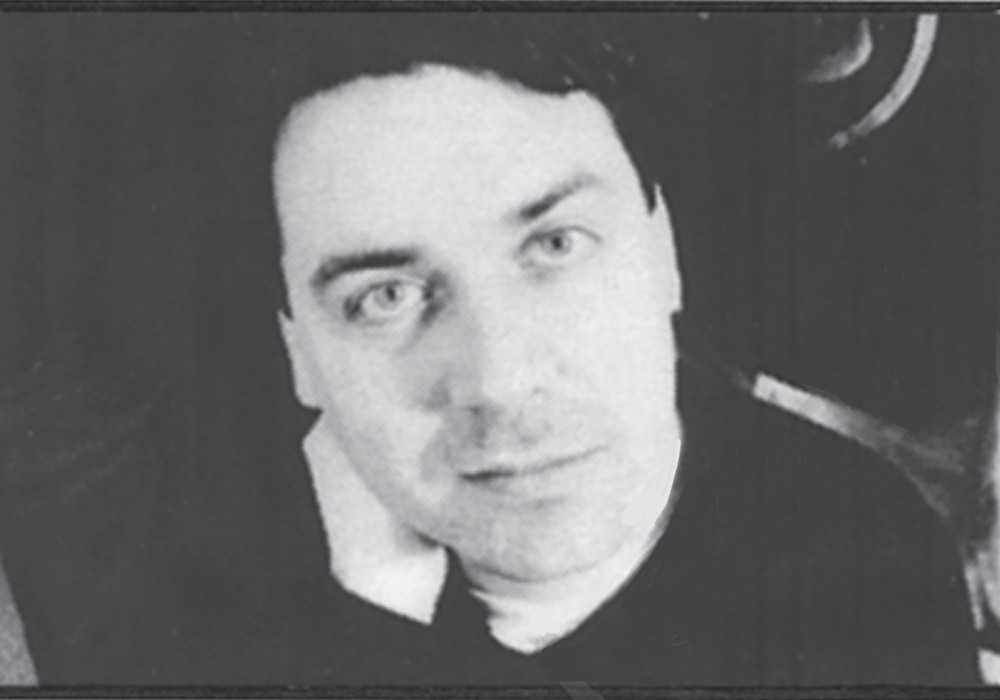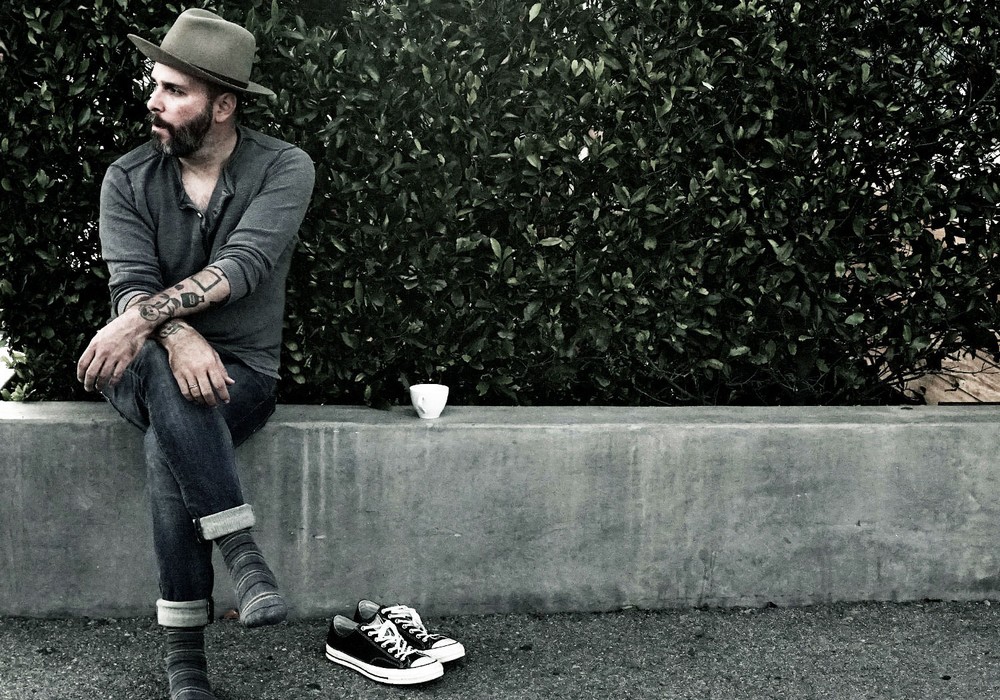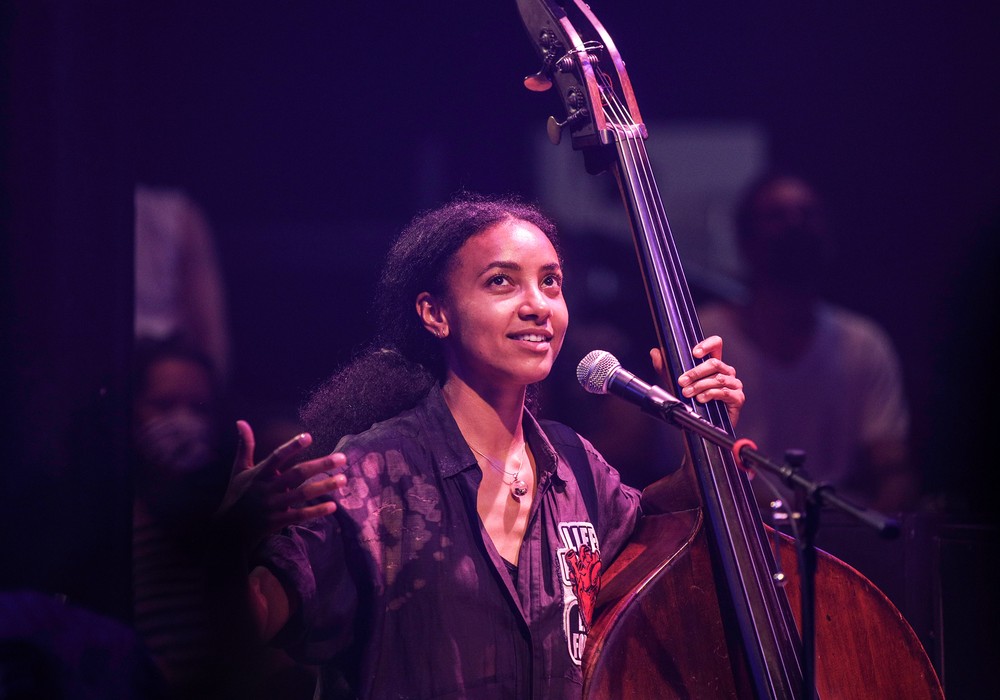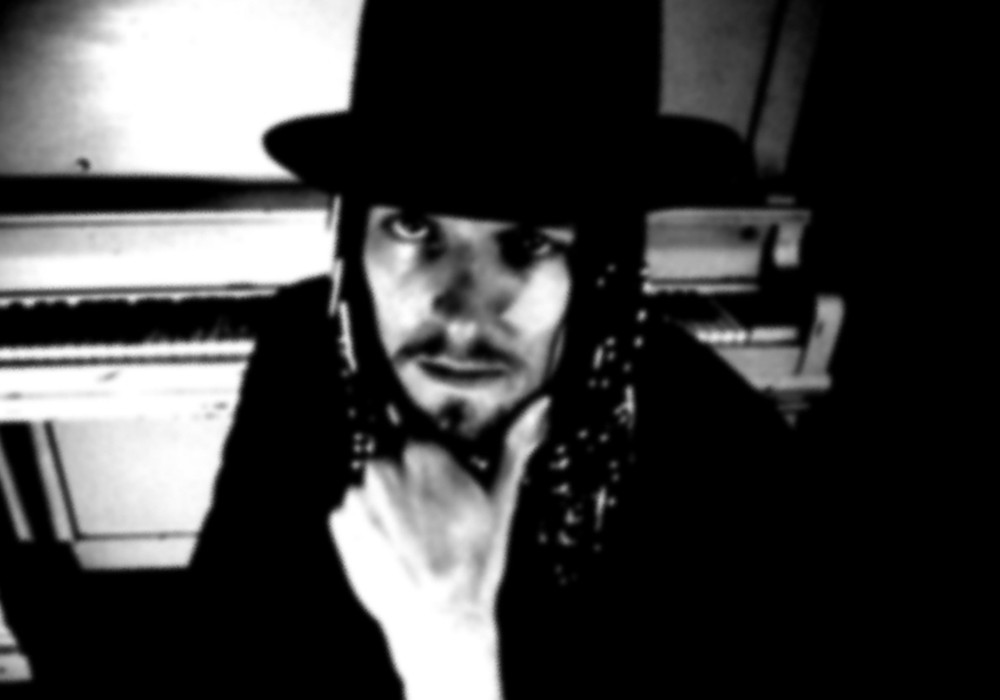Don Dixon is probably best known for his work with REM on murmur and Reckoning but his other production credits include such great albums and artists as the smithereens(Green Thoughts being the best, in my opinion), let's active, Marti Jones and his own critically lauded solo albums. We got to meet him when he came into our studio to do some tape transfers and such and we were immediately struck by how friendly and open he was. He was very giving of information and very tolerant of our questions. In other words, for a guy who's recorded all over the world, got gold records, and almost ended up producing Nevermind he was super cool. So anyway, we collared him to do an interview a couple of weeks ago and needless to say, open and very forthcoming with anecdotes AND recording/production insights, including what is probably the first in-depth discussion of the recording techniques used during the making of REM's seminal first album, "murmur". We also talked about some of his recent projects including a great sounding solo record by the lead singer of the Smithereens, Pat Dinizio. Some of which was recorded in don's home studio. We got to hear some of the tracks and they really sounded amazing. And we're not just saying that...
Let's talk about how you got into this, and why. I mean, because obviously you started out as a musician...
Well, I still am. I don't think of myself as a producer, that's like way down the list of things that I think about.
Well how did even fall into knowing how to even run a tape machine?
Oh, just always interested as a kid, just like a lot of people are, you know. I bought a little Pintron tape recorder, it was before cassettes had been invented, so it was like one of these little tape recorders with tiny little reels, and make little tapes. I always loved to sing. I went out to California between my junior and senior years in high school, worked on a wildlife refuge, and made a bunch of money, like $2.70 and hour which was a lot back then! This was in the summer of '68. I came home with all the money I'd saved up and bought a Panasonic sound-on-sound tape recorder. When I was in junior high school, I chose to play bass because of the control that it offered. I played a little guitar; played a lot of things by ear. There was the coolest band in town, where the organ player played bass on pedals, and I knew they needed a bass player. I like the fact that, if somebody's playing a C-chord, and I'm playing an A, it was an A minor seven. That's something that I figured out on piano. I like the compositional control of the bass. I bought a bass, one of those great Danelectro Silvertones, and I wish I had it back. From Sears for $79. Then a few months later I really liked upright, so I found an old upright in a church in Charlotte, and just was sort of self-taught on those things, but I could read music.
I began doing some sessions, there was a jazz guy named Louis McGloughn in Charlotte, which was the closest big town to where I grew up. He had seen our band and he was always looking for a young guy who could play upright to do sessions and stuff so I started doing sessions with him. That was sort of my introduction, when I was 15 or 16, to the studio. And I was interested in recording, so I'd sit around and make up my own Jimi Hendrix songs in funny tunings, and record that stuff on my old Pintron that I had bought for $30, and then I saved up and bought that nice Panasonic... So I was always just interested in the sound of things, and was working on sessions and doing things....
So you were around studio stuff....
Yeah, there were a couple of decent studios in Charlotte. Charlotte had been in the 30's like a little Nashville, with a lot of bluegrass and blues recorded there in the 30's. And then there was a guy named Arthur Smith who had a really nice studio, a real professional studio there in Charlotte, which is where I did most of my recording.
What kind of stuff are we talking about?
Well, you know, he probably had a Scully eight track...
Which was quarter-inch or half-inch?
Oh no, the Scully would have been a one-inch. The formats went this way: everything was on one-inch, those one-inch four tracks that were used for all the Beatles records, and then the four track standard in the United States was half-inch, and then they did the one-inch eight. Later the two-inch technology was really picked up from the two-inch video transport technology, the MM1000 Ampex machines, which were basically a whole bunch of 440 electronics on this bed that had been made as a video transport. Because video went from two-inch to one-inch pretty fast, less than probably five years, they used those old two-inch transports to build their sixteen track machines. It all kind of happened real fast and then it just stopped there. I mean, they tried to come out with a three-inch machine for a while, and that Stevens guy came out with that 40 track two-inch machine, which was a nightmare...
